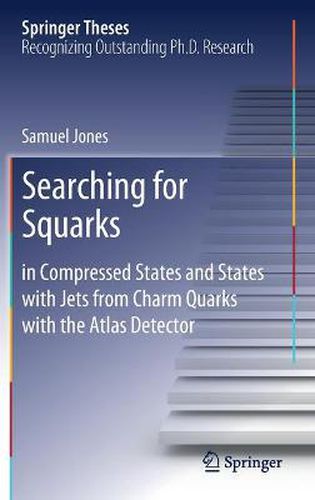This title is printed to order. This book may have been self-published. If so, we cannot guarantee the quality of the content. In the main most books will have gone through the editing process however some may not. We therefore suggest that you be aware of this before ordering this book. If in doubt check either the author or publisher’s details as we are unable to accept any returns unless they are faulty. Please contact us if you have any questions.
This thesis focuses on searches for squarks with the ATLAS detector in compressed scenarios where the scalar top is very close in mass to the lightest supersymmetric particle. These models are theoretically appealing because the presence of a quasi-degenerate scalar top enhances the self-annihilation cross-section of the lightest supersymmetric particle, acting therefore as a regulator of the dark matter relic density. Two main analyses are presented: the first is a search for scalar tops decaying to charm quarks. The identification of jets originating from the charm quark is very challenging due to its short lifetime. The calibration of tools for charm-tagging has paved the way to measuring the decay of the Higgs boson to pairs of charm quarks. The second analysis presented is the development of a novel technique for reconstructing low momentum b-hadrons. This tool has enabled the ATLAS collaboration to explore topologies that were previously inaccessible.





